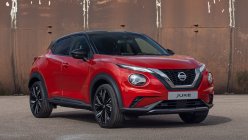Not all of us have the luxury to afford a car or drive a four-wheeled vehicle to and from places we plan to go. And even if there are some who get this privilege, this luxury comes with expensive maintenance and of course, gas.
The price of products, services and everything consumable is going nowhere but up and car fuel is no exception. Although drivers try hard to be prudent when it comes to their fuel budget, it will take more than budgeting to be thrifty when it comes to car needs and fuel.
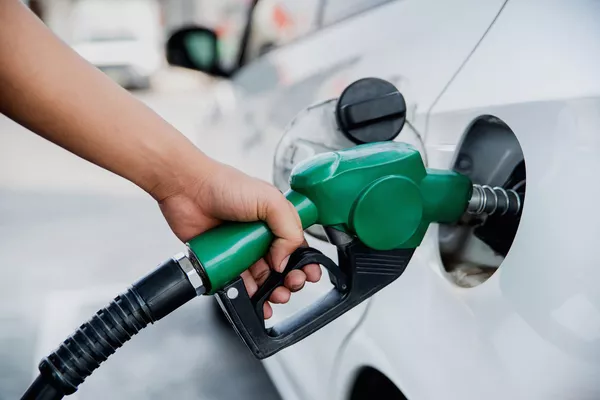
The price of products, services and everything consumable is going nowhere but up and car fuel is no exception
1. Compute actual fuel consumption
By computing a vehicle’s fuel consumption, the owner can make estimates and ratio its capacity to go the distance when filled with a certain amount of gas. While the results may be different because of the varying factors that can affect the testing situations, it is still widely performed since it let's vehicle owner's decide on which cars have the best fuel efficiency.
These factors can be the terrain it treads on, the tire pressure, the road conditions and the likes. Computing actual fuel consumption is actually a very easy task to do and there is more than one way to do it. Listed below are some of the best ways to compute fuel consumption.
2. Measure the distance
Before discussing the actual procedures, one must realize that the equation for a car’s actual fuel consumption is the measured miles or distance driven divided by the most accurate amount of gas at the time of the testing.
If one is aware of his driven distance and how many gallons had been in the tank, the miles can simply be divided by the gas. The result is known as "miles per gallon", also known as mpg. This can be done to other units as well, like litres to kilometers.
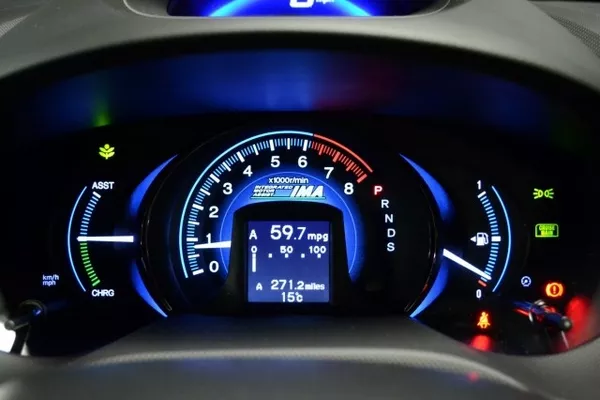
The best time to do this is after filling up the gas tank to a sure or full capacity
The first way of computing actual fuel consumption is by the odometer. After filling the gas tank with fuel, turn the odometer to zero. Different car models and car brands can have varying places where they choose to display the odometer. When it comes to contemporary cars, there is usually a trip odometer. It's bound to be somewhere on the dashboard or sometimes on the center console.
This can be set to zero anytime by pressing on the small button connected to it. After setting it to zero, leave it untill it is time to refuel again. Check the trip odometer before refueling and this should give the results of the actual fuel consumption.
If the vehicle doesn't have an odometer, the actual fuel consumption can still be measured. This should also be best done before refueling the car. Take note of the last numbers displayed as the vehicle's mileage. This will serve as the starting mileage. Then leave it and run the car or use it as you normally would.
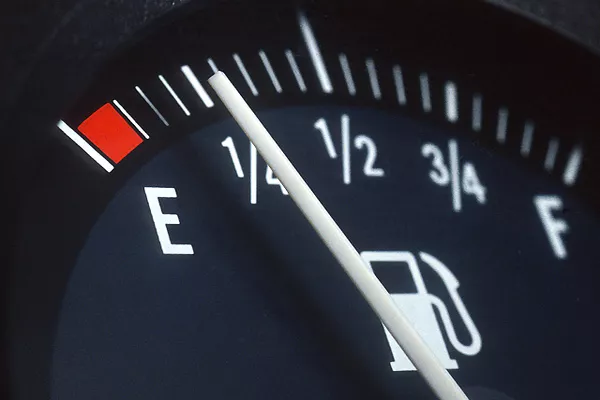
Just before refueling the car again, take note of the new mileage display and subtract the starting mileage from it
For example, the starting mileage is at 20,000. Then after filling the tank and driving until the car needs to be refueled again, the mileage display shows 20,350. Subtract the final mileage display from the starting mileage recorded. The difference will be the distance driven for that particular amount of gas. In this case, the result is 350 miles for that imaginary load of fuel.
The next method to compute fuel consumption Philkotse.com wants to introduce is by dividing the mileage by the fuel usage. If done correctly, the result is the car's actual fuel consumption. It is best done with tank almost empty and then refueling it to its maximum capacity.
This method starts by recording the gas bought in gallons to its full capacity since the results are more accurate this way. By dividing the mileage by the fuel consumption it results to the vehicle's fuel consumption. An example is when someone drives 225 miles before refueling, and then refueling the tank with 12 gallons of fuel. Using the indicated solution above the results would be - per gallon or - miles per 12 gallons of gas.
If the units used are kilometres and liters, fuel consumption should be divided by the traveled distance in kilometres. The result should then be multiplied by 100 and this would lead to the "liters per 100 kilometres". Starting from a full tank and ending the tests with a full tank will provide the most accurate results.
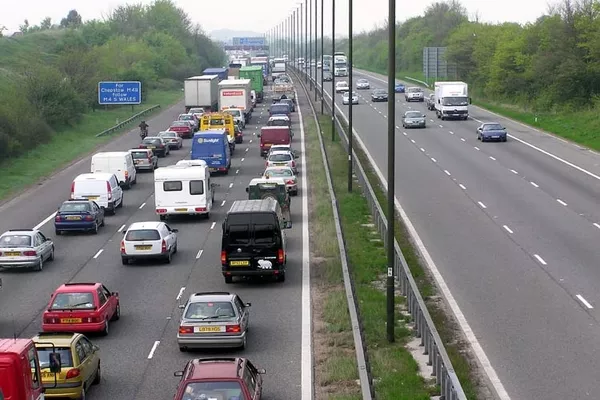
You may also start by recording fuel consumption in different driving situations.
Here is another way to compute fuel consumption. It is not as accurate as the ones stated above but it does give dependable results when done correctly. Below is another way to calculate average fuel consumption.
Garnering the results from all this can give the average fuel consumption of the vehicle. An example is driving a car up a hill, or speeding it down a highway and then taking an urban cruise in the city. These varying situations will give different fuel consumptions but finding the average fuel consumption is easy when the records are arranged and calculated.
Now, get to know tips to help cut down on gas consumption. There may be some things that vehicle owners keep on doing which increases their fuel consumption without their knowledge. Knowing what they are can help cut down on long-term fuel costs.
#1. Avoid using or atleast minimize the use of the air-conditioner
This also uses fuel to run and the stronger the AC is, the more fuel it also consumes. Turning it down if not completely turning it off can cut down on fuel economy.
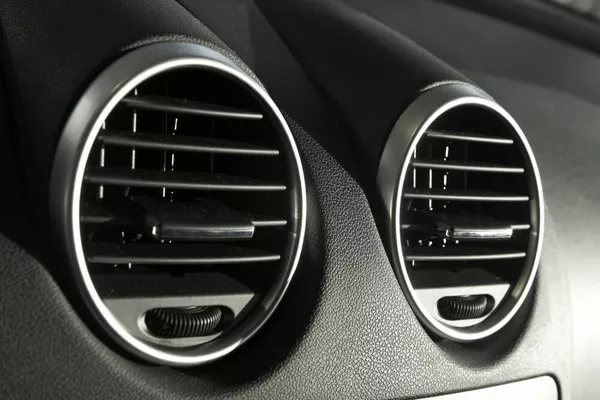
Minimal usage of car air-conditioning
#2. Faster driving can increase the burning of fuel since the engine needs more speed
Driving defensively means driving at an even pace. Constant stops and starts or even slowing down and then speeding up can increase fuel usage. Keeping at an even speed regulates low burning of fuel.
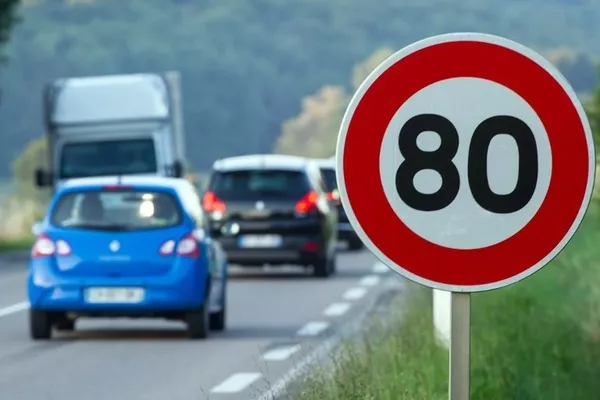
Drive defensively while staying under the speed limit.
Recent posts
- Top 10 Most Fuel Efficient Cars in the Philippines Feb 24, 2023
- Top 4 Fuel-Efficient Sedans in the Philippines for 2018 Sep 15, 2021
- Top 5 fuel-efficient Hyundai models in the Philippines Jul 25, 2023
- Top 5 most fuel-efficient diesel pickup trucks available in the Philippines Oct 18, 2022
- Top 5 Most Fuel-Efficient Hatchbacks in the Philippines Sep 15, 2021

